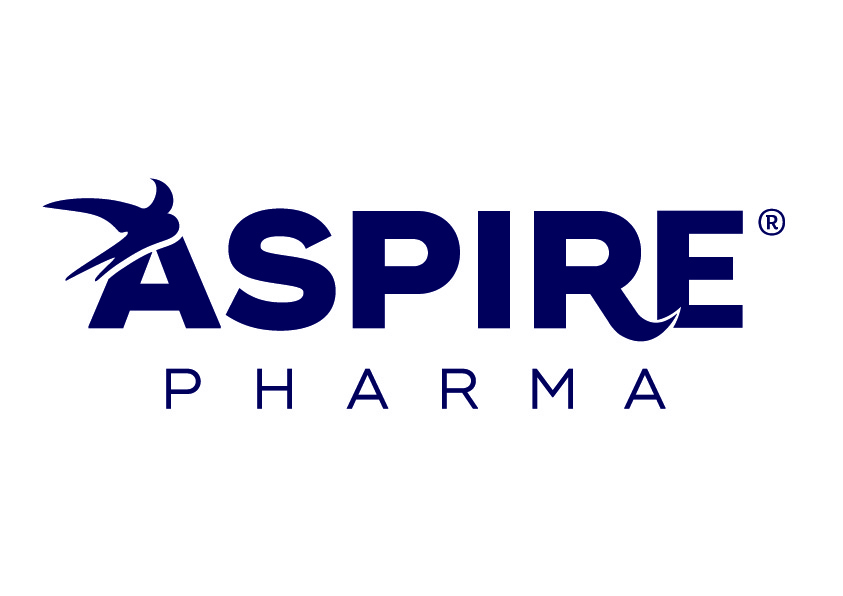Discard any remaining contents four weeks after opening the bottle.
This medicine contains Benzalkonium Chloride
As with other ophthalmic solutions containing Benzalkonium chloride, soft contact lenses should not be worn during treatment period.
From the limited data available, there is no difference in the adverse event profile in children compared to adults.
Generally, however, eyes in children show a stronger reaction for a given stimulus than the adult eye. Irritation may have an effect on treatment adherence in children.
Benzalkonium chloride has been reported to cause eye irritation, symptoms of dry eyes and may affect the tear film and corneal surface. Should be used with caution in dry eye patients and in patients where the cornea may be compromised.
Patients should be monitored in case of prolonged use

